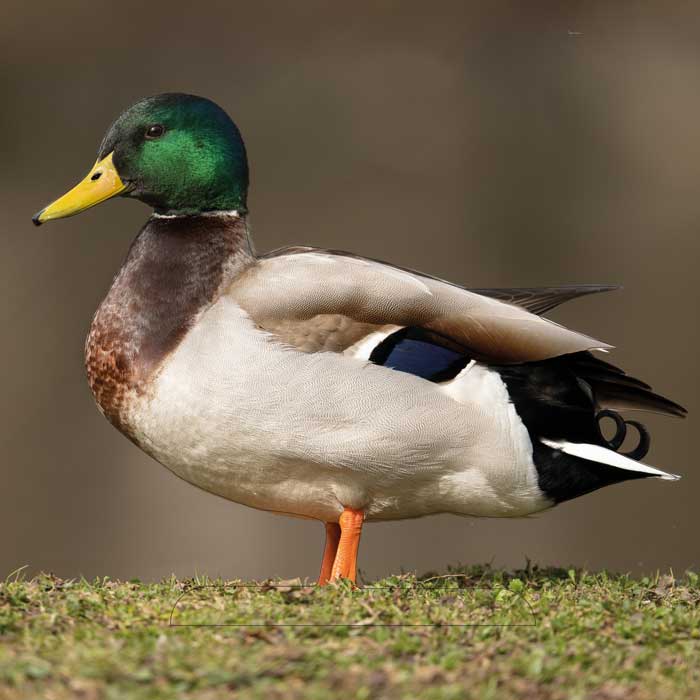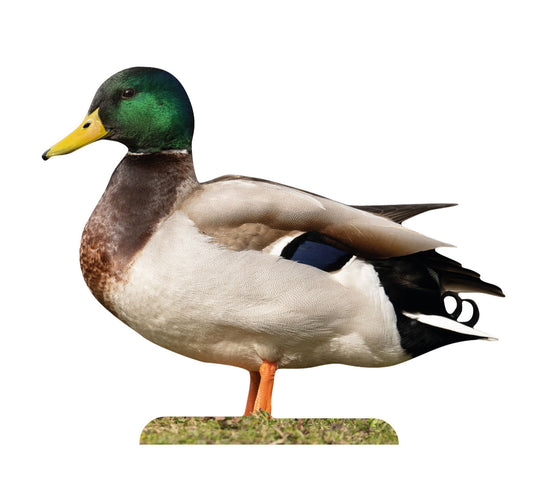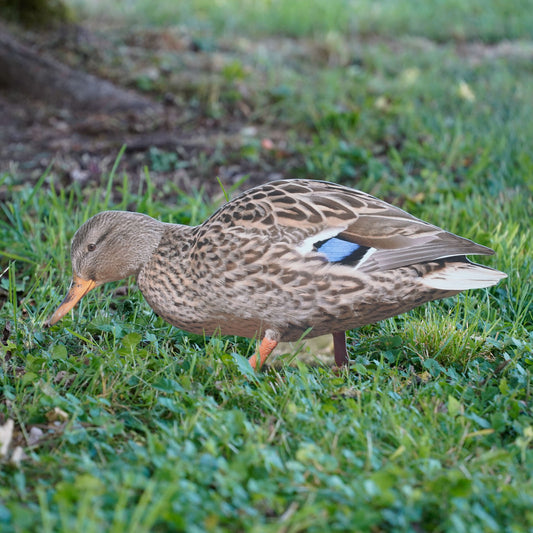
Mallard
The mallard, one of the most recognizable waterfowl species in the world, is known for its adaptability and versatility. This fact sheet provides a detailed overview of the mallard's biology and ecology and emphasizes the importance of its protection and conservation in natural habitats.
Mallard Products
-
Animal display wild rabbit
No reviewsRegular price From 39,90€Regular priceUnit price / per -
Animal display wild rabbit
No reviewsRegular price From 39,90€Regular priceUnit price / per -
Wildlife Sticker Set
No reviewsRegular price From 9,90€Regular priceUnit price / per -
Animal display Mallard (Drake) - Outdoor Set
No reviewsRegular price 47,70€Regular priceUnit price / per -
Animal display wild rabbit
No reviewsRegular price 47,70€Regular priceUnit price / per
Profile: Mallard
-
Scientific classification
- Class: Aves (birds)
- Order: Anseriformes (Anseriformes)
- Family: Anatidae (ducks)
- Genus: Anas
- Species: A. platyrhynchos (mallard)
-
Physical characteristics
- Size: Body length of 50-65 cm
- Wingspan: 81-98 cm
- Weight: 700-1600 g
- Special features: Males have a striking green head color, white neck rings, orange legs and feet, females are brownish colored, both sexes have characteristic blue-black mirrors on the wings.
-
Habitat and distribution
- Common regions: Europe, Asia, North America
- Habitat: Diverse, from lakes, ponds and rivers to urban waters and parks; adaptable to a variety of habitats.
-
Nutrition
- Diet: Omnivore
- Typical food: aquatic plants, algae, seeds, grains, insects, small fish, snails and other invertebrates.
-
Reproduction and lifestyle
- Breeding season: spring to summer
- Nest building: Near the shore, well hidden under bushes or grasses
- Egg laying: 8-12 eggs per clutch
- Brood care: Females incubate the eggs, males defend the territory and help raise the young
- Social structure: Usually in pairs or small groups, migratory bird with winter quarters in warmer regions.
-
Lifespan and protection status
- Life expectancy: Up to 10 years in the wild
- Endangered status: Not threatened, but habitat loss and hunting may affect local populations.
- Protective measures: preservation and protection of habitats, raising awareness about the importance of water protection.








